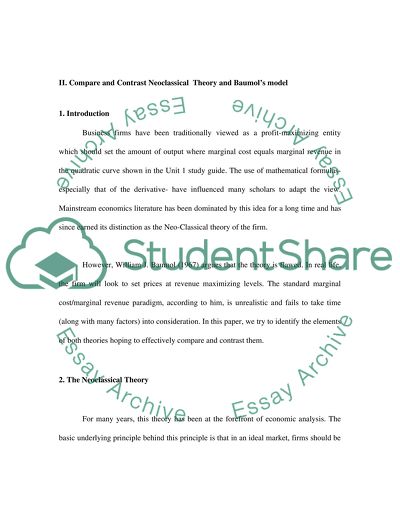Cite this document
(Managerial Economics: Neoclassical Theory and Baumols model Assignment, n.d.)
Managerial Economics: Neoclassical Theory and Baumols model Assignment. Retrieved from https://studentshare.org/macro-microeconomics/1539365-managerial-economicsassignment-1
Managerial Economics: Neoclassical Theory and Baumols model Assignment. Retrieved from https://studentshare.org/macro-microeconomics/1539365-managerial-economicsassignment-1
(Managerial Economics: Neoclassical Theory and Baumols Model Assignment)
Managerial Economics: Neoclassical Theory and Baumols Model Assignment. https://studentshare.org/macro-microeconomics/1539365-managerial-economicsassignment-1.
Managerial Economics: Neoclassical Theory and Baumols Model Assignment. https://studentshare.org/macro-microeconomics/1539365-managerial-economicsassignment-1.
“Managerial Economics: Neoclassical Theory and Baumols Model Assignment”, n.d. https://studentshare.org/macro-microeconomics/1539365-managerial-economicsassignment-1.


